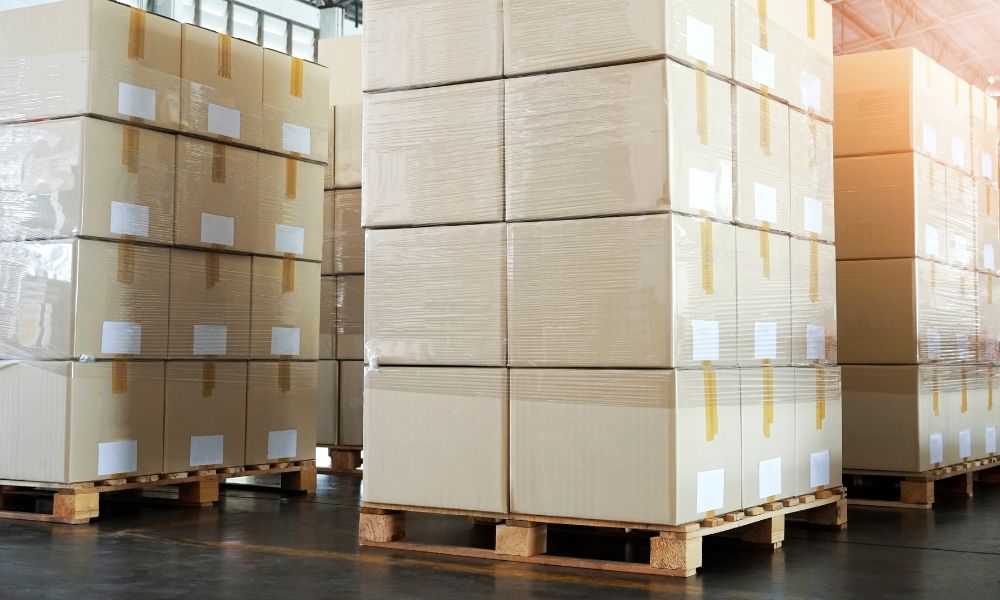The COVID-19 pandemic served as a powerful disruptor to the carefully choreographed ballet of the global supply chain. As a pivotal event in modern history, the repercussions have shifted dynamics, tested resilience, and forced reimagination within the industry. These repercussions have left a lasting impact on how we move goods across the world. We’re here today to take a closer look at how COVID forever changed the global supply chain.
Shifts in Global Supply Chain Dynamics During COVID
The onset of the pandemic highlighted vulnerabilities amid the interconnectedness of global markets. Borders closed and countries turned inward, causing a drastic reduction in both imports and exports. The sudden halt in manufacturing and a surge in panic buying underscored the need for improved visibility and real-time data at every level of the supply chain.
New safety and hygiene concerns led to a transformation in warehousing and inventory management practices. Companies rapidly adjusted their protocols to comply with ever-changing health regulations, often leading to delays and increased costs. Sustainability, once a growing concern and differentiation factor, took a backseat to the more immediate challenges of supply chain continuity.
Challenges Faced After the Fact
Even though we’re past it now, COVID forever changed the global supply chain landscape. It’s best described as a two-step-forward, one-step-back affair. Businesses had to grapple with a significant backlog of orders, reduced staff, and the daunting task of restoring normalcy across the chain. Global logistics faced a critical shortage of shipping containers, resulting in sky-high freight rates and longer transit times.
Businesses that relied heavily on just-in-time inventory management faced severe disruptions as the pandemic wreaked havoc on delivery schedules. This reliance sharpened the industry’s focus on risk mitigation, with many companies looking to diversify their sourcing and manufacture closer to their end markets to build resilience against future crises.
Adapting to the New Normal
Many have adopted the phrase “the new normal” to describe the post-pandemic world, and it resonates deeply within the supply chain industry. Anticipating shifts in consumer behavior and the potential for future disruptions, companies have begun to invest heavily in digitalization and automation to enhance their agility and responsiveness.
E-commerce has surged, with many consumers preferring online shopping over traditional retail even as lockdown measures ease. This trend has further accelerated the need for more streamlined and efficient distribution networks alongside robust last-mile delivery solutions. Many companies also rekindled their sustainability efforts, incorporating eco-friendly practices into their supply chain strategies by improving emissions or purchasing used pallets instead of brand-new ones.
Future Trends in the Global Supply Chain
Looking ahead, the supply chain is becoming a beacon of innovation. Technologies, such as blockchain, artificial intelligence, and the Internet of Things, will be bringing about greater traceability and efficiency in the movement of goods. The focus on sustainability is evolving to be a more integrated part of supply chain strategy, driving the development of circular supply chain models and renewable energy adoption.
The resilience of human adaptability and ingenuity is one of the significant takeaways from COVID-19. The implications of these changes provide an opportunity to reimagine and create a more robust, flexible, and sustainable supply chain that can withstand future unknown challenges.
FALM is here to help in any way we can. Our services will be of great use to you if you’re interested in purchasing used pallets as mentioned earlier. You can purchase used pallets from our website. Once ordered, we’ll ship them directly to you anywhere in the United States.

